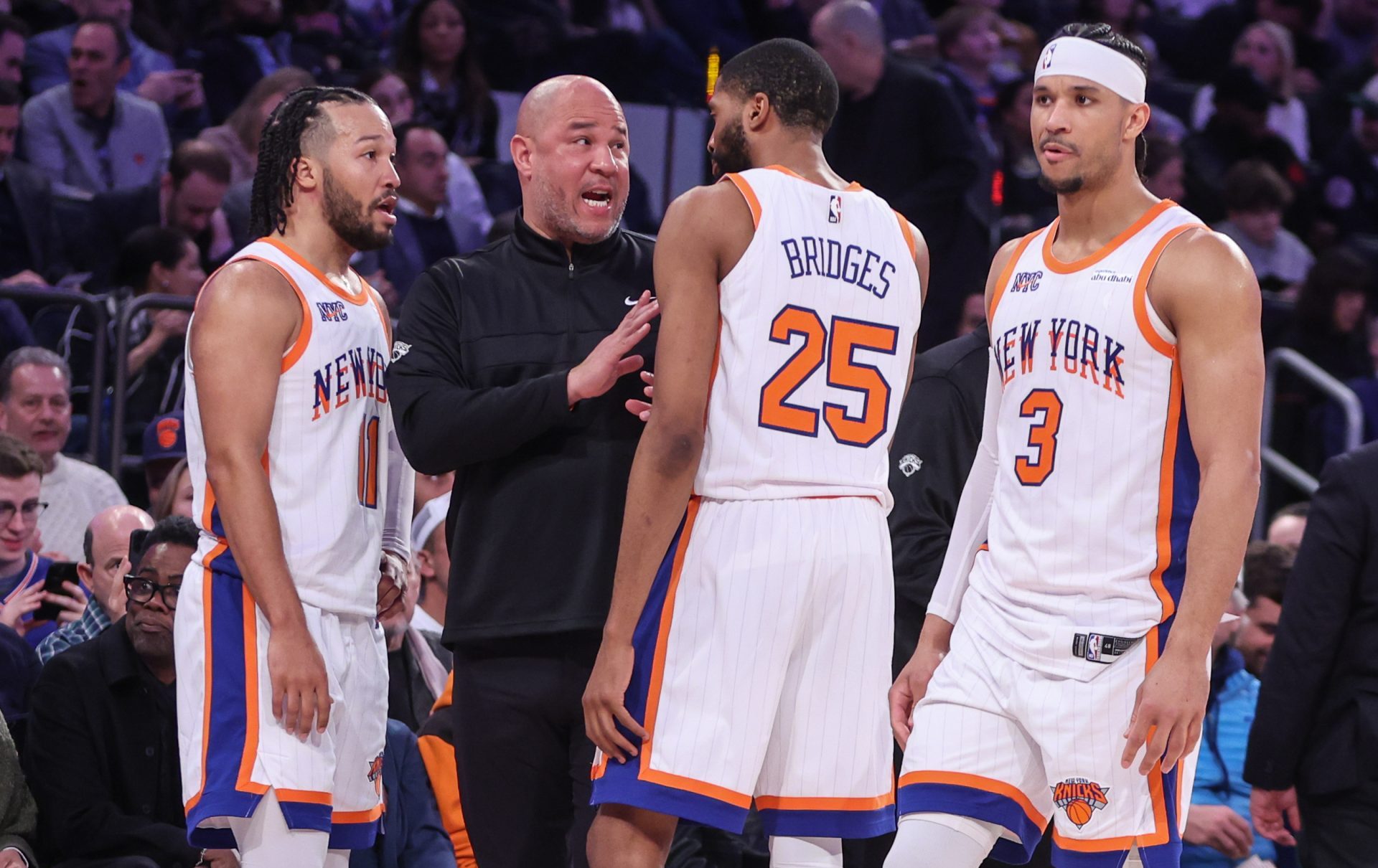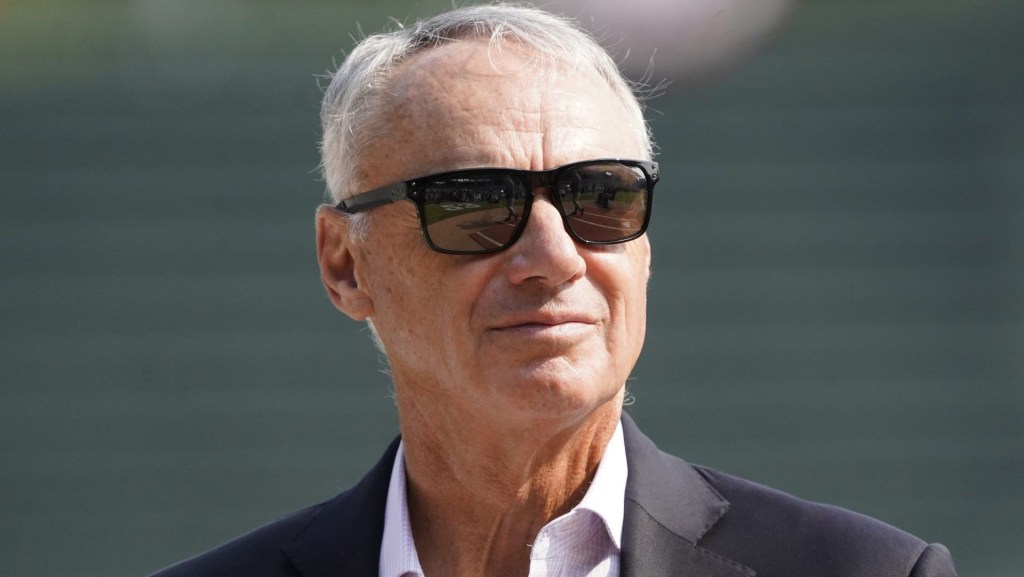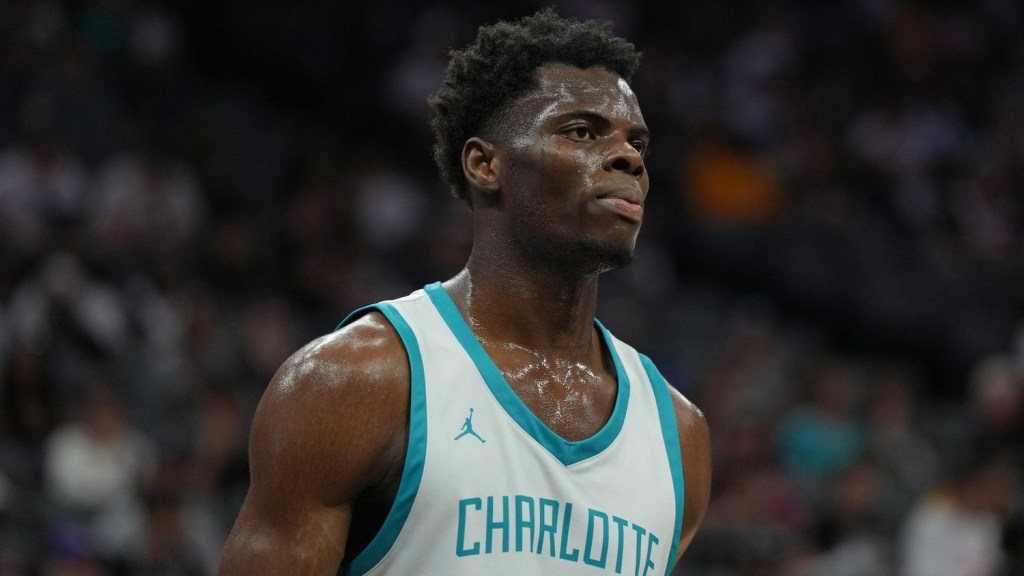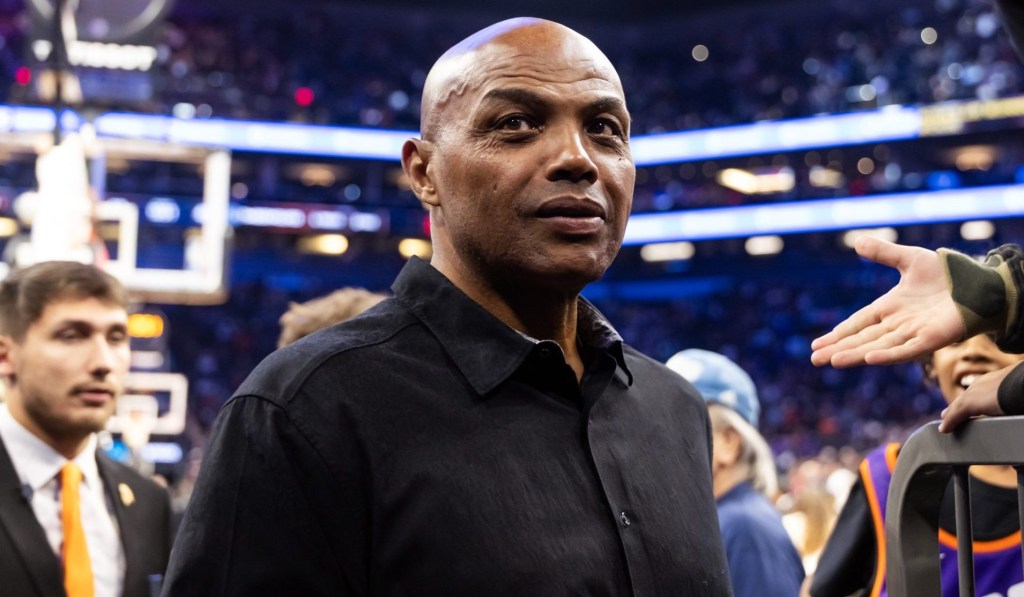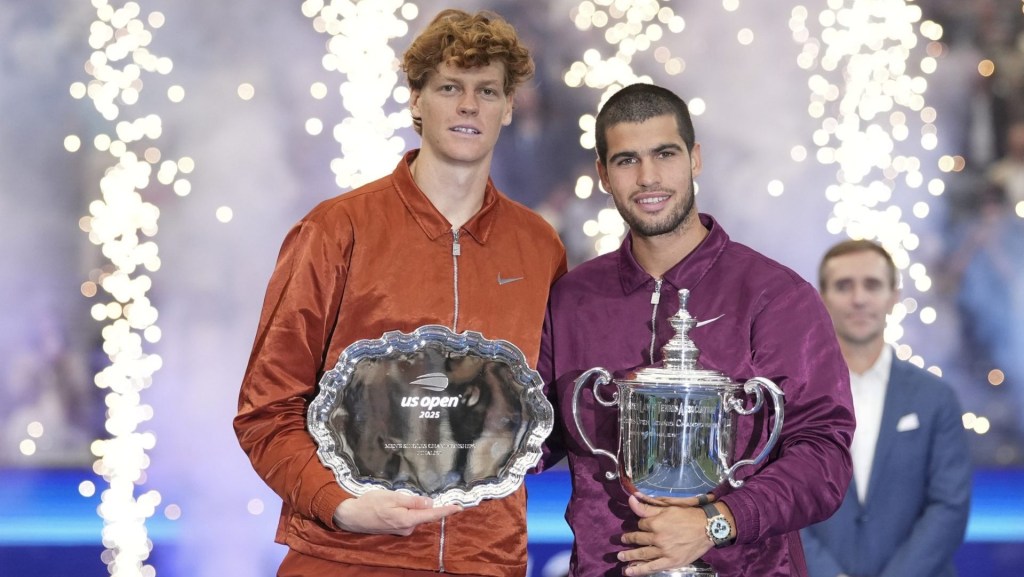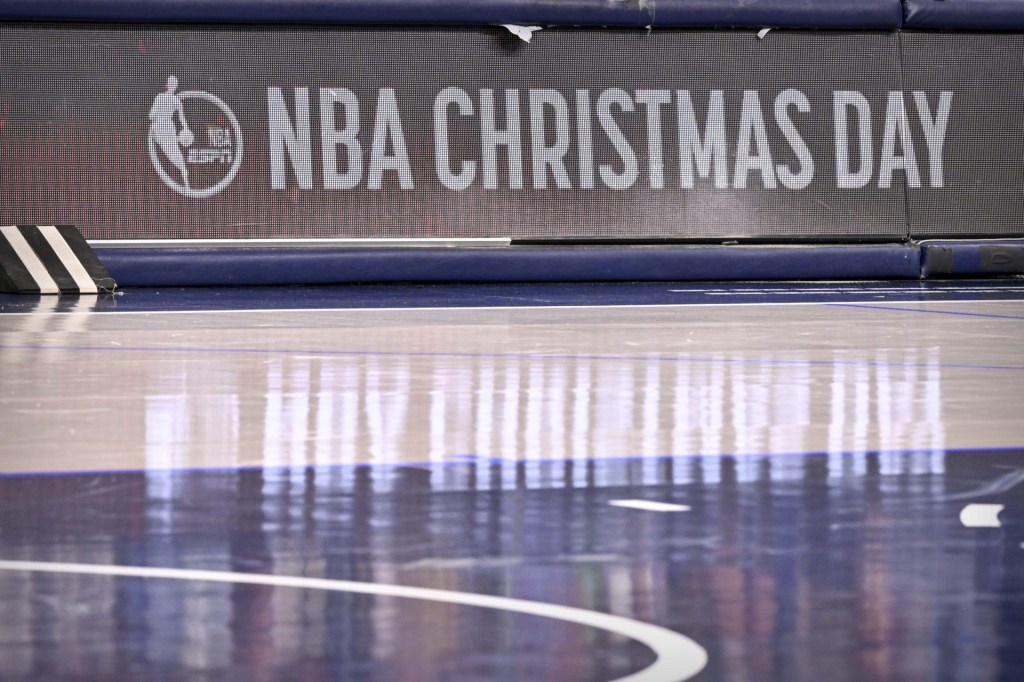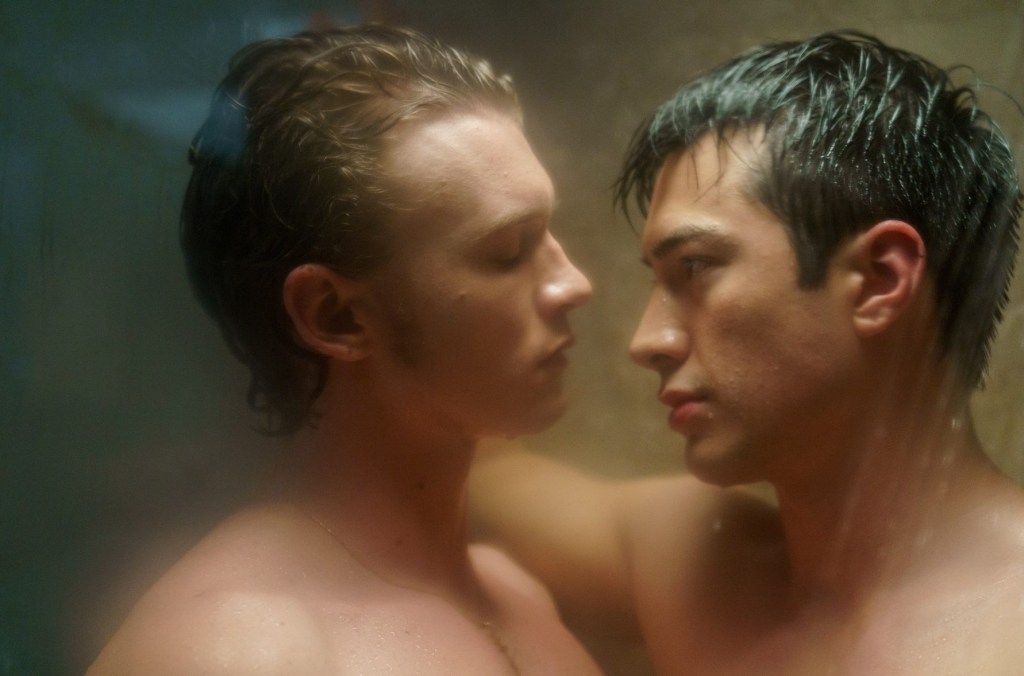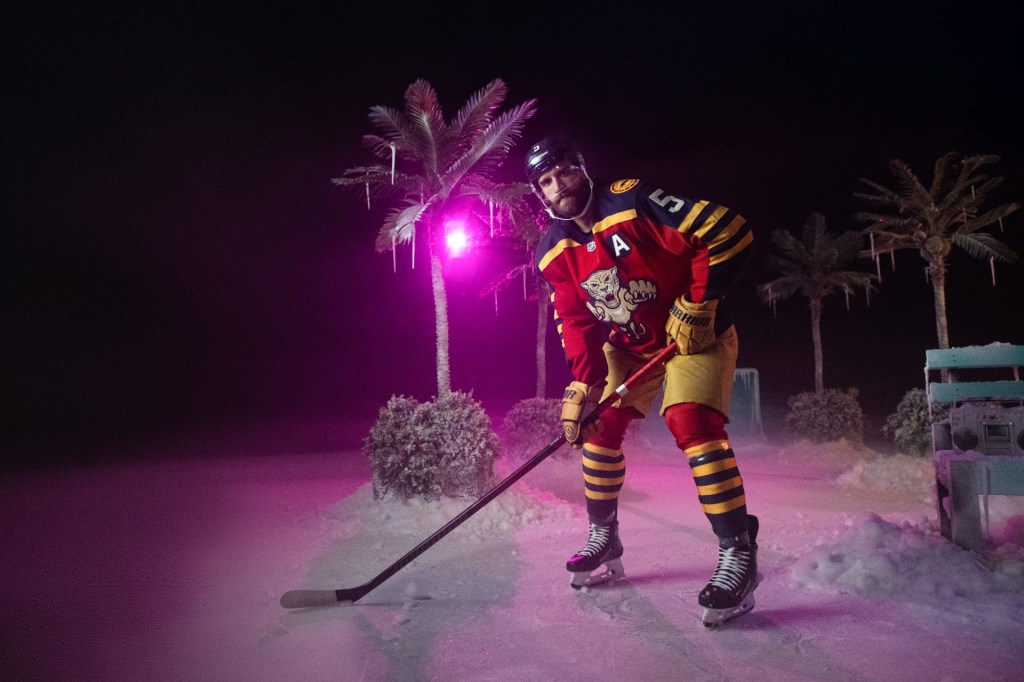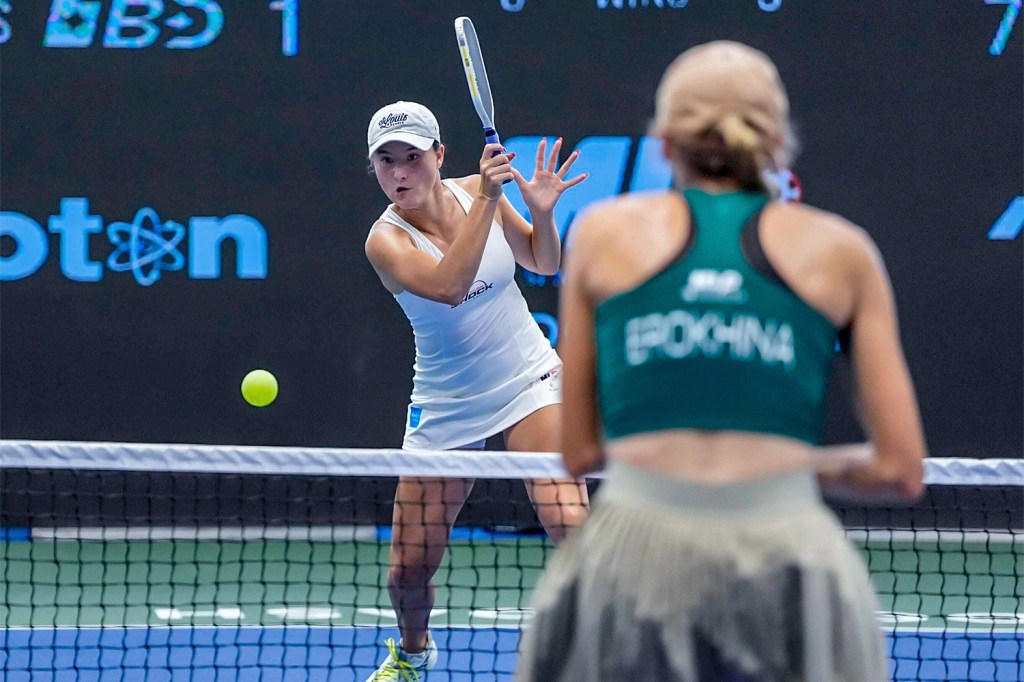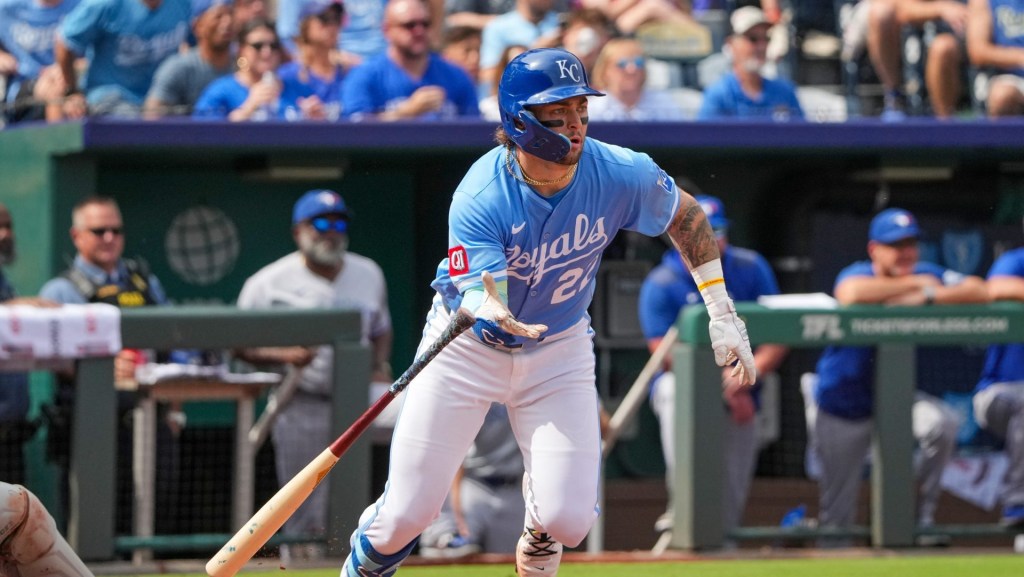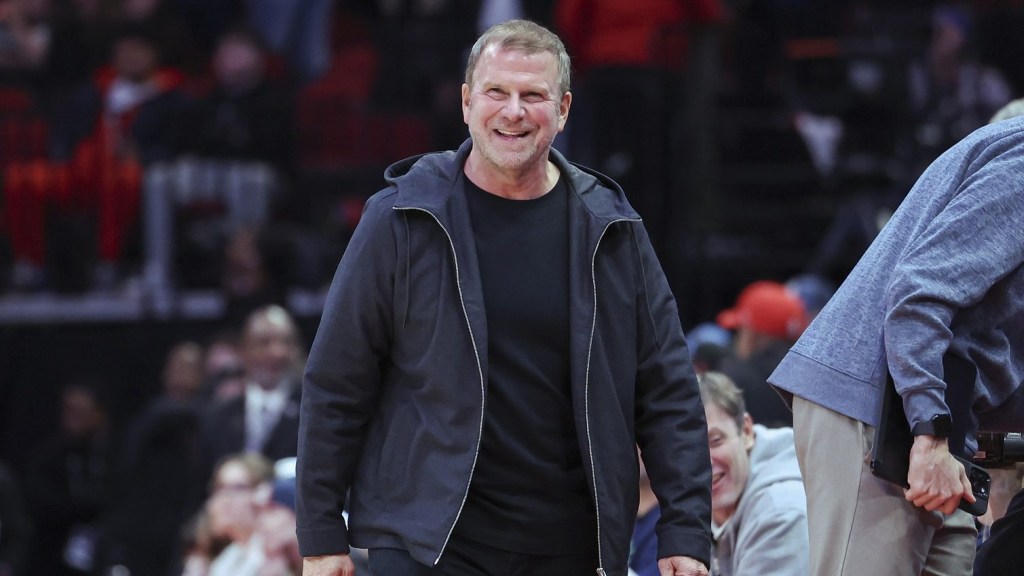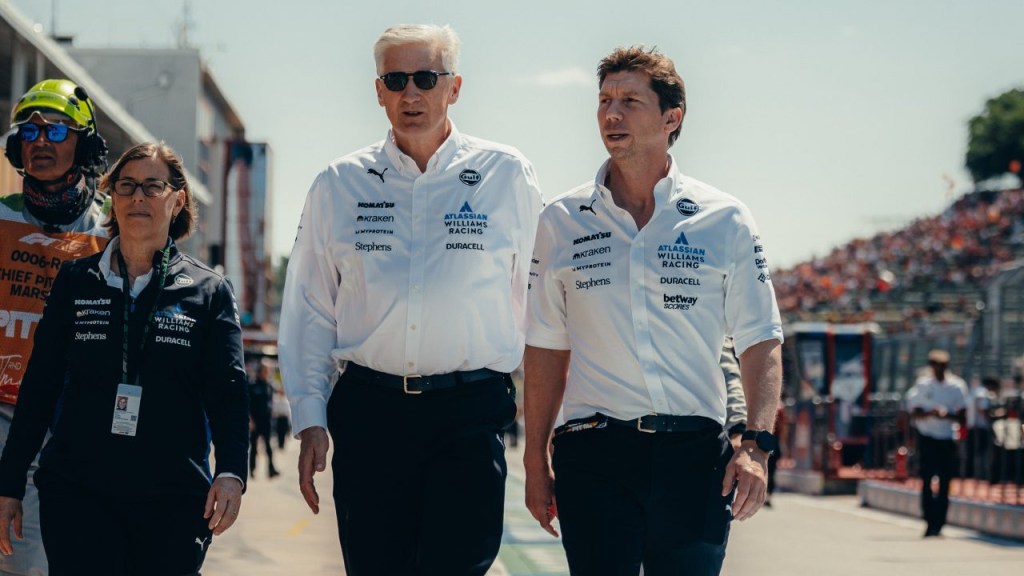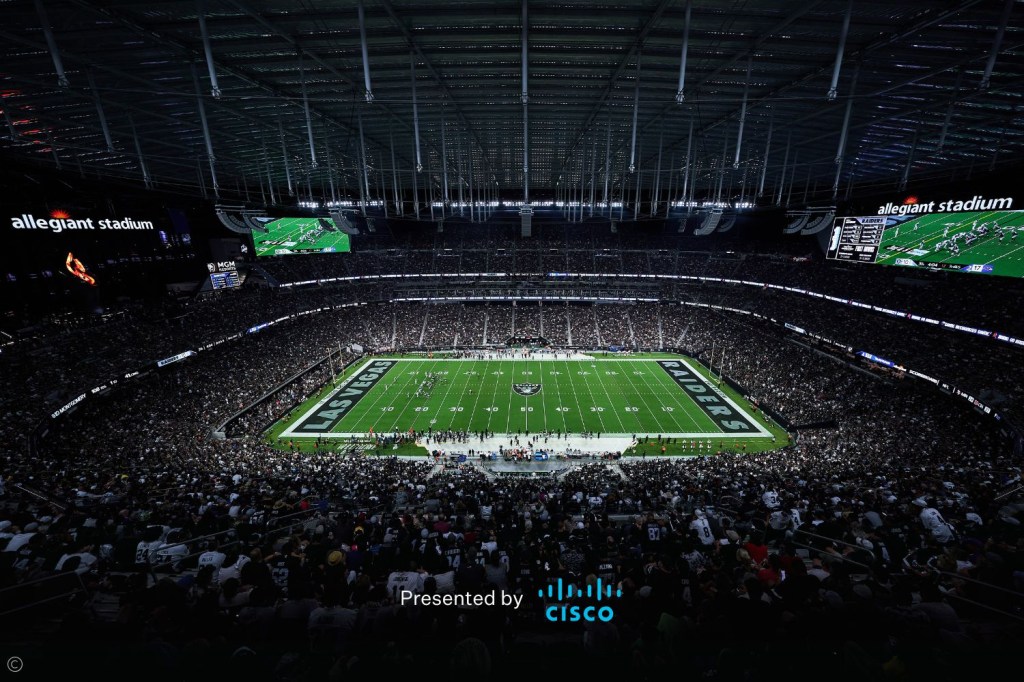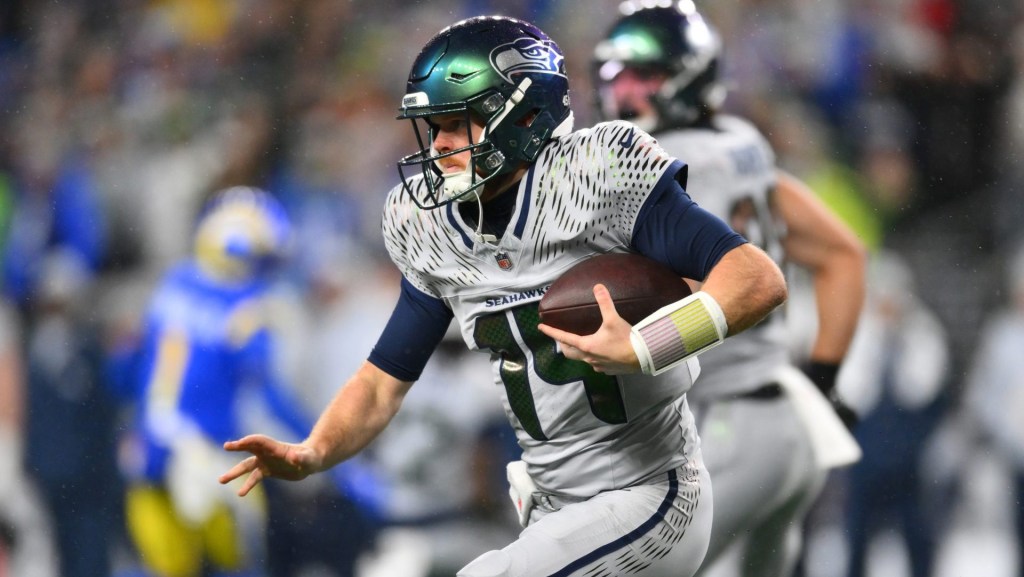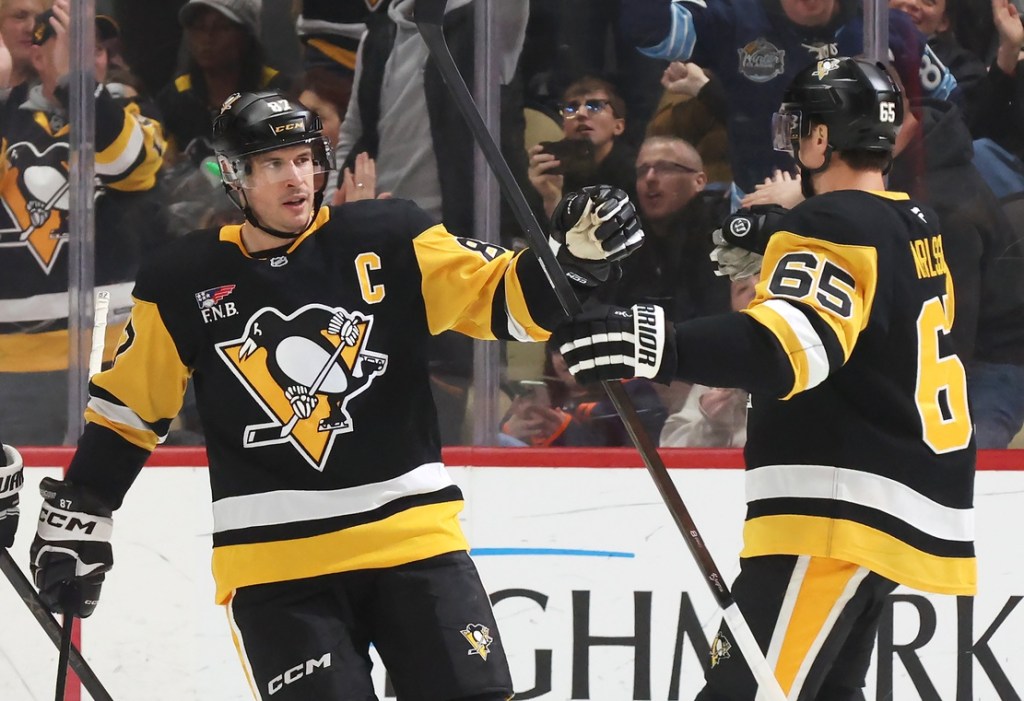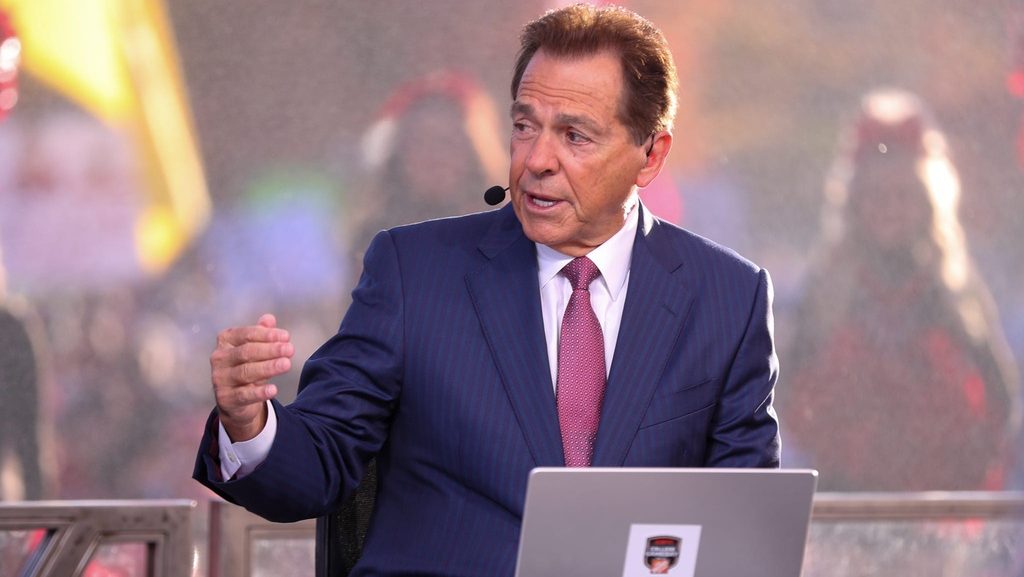The Villanova Knicks first started taking shape when Jalen Brunson signed with New York in 2022. The following year, the two-time NCAA national champion was joined by his former Wildcats teammates Josh Hart and Donte DiVincenzo, a trio that powered the Knicks to their first 50-win season since 2013.
After the Knicks traded five first-round picks to get Mikal Bridges in June, the Villanova alum tally was up to four before New York flipped DiVincenzo in a package for Karl-Anthony Towns.
“When [Josh] got traded here, I was like, ‘O.K., I got Josh here.’ And then when Donte got here, I was like, ‘O.K., that’s even crazier,’” Brunson said on his Roommates Show podcast with Hart last year. “Now Mikal is here. This doesn’t feel real. The fact that we were back at the Davis Center for practice going at each other every day and trying to get to the NBA trying to achieve our dreams, and now we’re on the same team able to do it together is pretty unique.”
The Villanova connection is even the premise of an AT&T commercial that started running during March Madness and is still airing, in which Brunson, Hart, and Bridges run into DiVincenzo in the tunnel and wistfully toss him a Villanova visor.
Now Brunson’s Knicks are in the Eastern Conference semifinals against the Celtics, who tried their own version of the college continuity experiment nearly three decades ago.
In 1997, Boston hired Kentucky’s Rick Pitino to restore the team to its Larry Bird–era glory, which included full control of the roster. The year before, Boston drafted former Kentucky Wildcat and NCAA champion Antoine Walker, then Pitino drafted Ron Mercer and traded for Walter McCarty. Just like the Knicks with DiVincenzo, the Celtics traded Mercer in 1999, but acquired Tony Delk, another Kentucky teammate, in 2001.
There are plenty of parallels between the Kentucky Celtics and Villanova Knicks, primarily that both experiments worked in the regular season but haven’t produced trophies in the postseason.
Perhaps the biggest difference is the Villanova Knicks are much more conscious of the uniqueness of their situation than the Kentucky Celtics were in the moment.
“Having three or four guys from the same college team was kind of cool,” Walker tells Front Office Sports. “But we never thought about it back then.”
The Villanova Knicks entered the Boston series as significant underdogs but stole Game 1 in an overtime stunner. Now the question is not only whether they can pull off the upset, but also whether they’ll be the last notable example of this experiment given today’s NCAA—one more defined by the transfer portal than continuity.
That doesn’t even account for the NBA’s CBA, which has made continuity more expensive for teams.
“It’s going to be tough to pull it off,” Delk says to FOS. “Because the top guys are not going to stay that long.”
Pitino wanted to bring his college system to the NBA for his second pro stint, with players accustomed to it. McCarty tells FOS the adjustment from the Boston trade was seamless partially because of the familiarity he already had with the personnel and Pitino’s playbook, in which he knew every player’s role.
“I think it was more or less trying to create a style,” Walker tells FOS. “Coach wanted to play a certain type of way. He wanted to play fast, he wanted to press, which is not ideal sometimes in the pros, and I think he wanted familiar faces. Guys who he knew could possibly play in the system he was trying to put together.”
After signing Reggie Hanson and Wayne Turner, Pitino had four ex-Wildcats from his tenure on the Celtics. But the college philosophy was far from perfect. Players were traded if they confronted or challenged Pitino’s ways, which didn’t always fit the pro lifestyle and schedule.
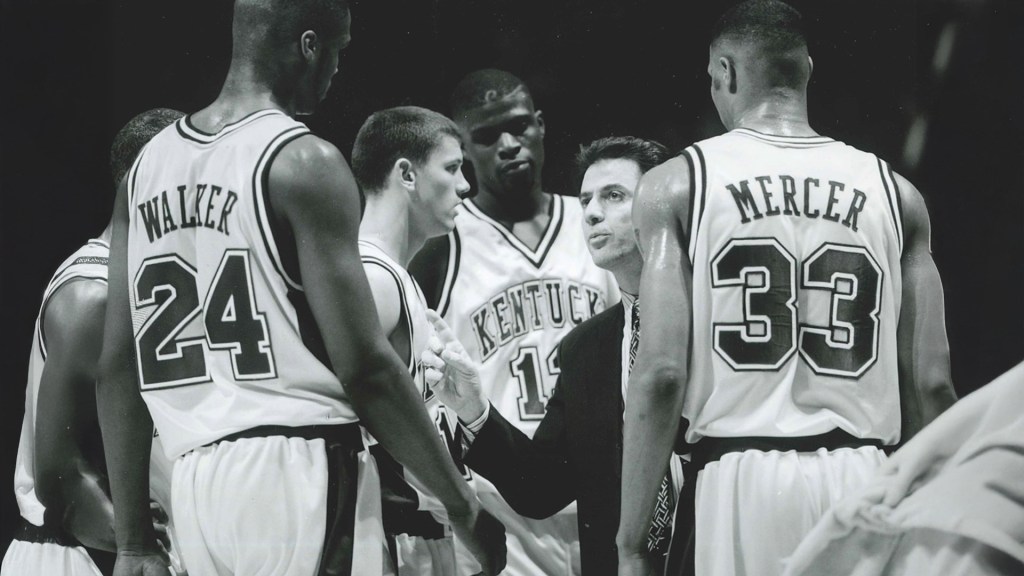
Pitino won 36 games in his first year and never made the playoffs. He resigned 34 games into the 2000–2001 season and hasn’t coached in the NBA since.
“Being at Kentucky, I don’t want to say it could set you up for failure, but it’s hard to duplicate Kentucky no matter where you go,” McCarty tells FOS.
Celtics assistant Jim O’Brien, who had been Pitino’s top assistant in Kentucky and coached Walker, McCarty, and others in both college and the pros, took over.
“Jim O’Brien had more patience,” McCarty tells FOS. “I think with Coach P, he wanted to win so bad. He wanted to win right away. Which is tough to do with a young team coming in.”
After taking over for Pitino, O’Brien went 24–24 as interim coach, which was enough to get the full-time job. O’Brien inherited a team with emerging star Paul Pierce and Walker and McCarty among his running mates. In 2002, the team traded for Delk, the 1996 Most Outstanding Player at the Final Four, and the new-look Kentucky Celtics made the conference finals.
Delk and McCarty were roommates all four years at Kentucky. It didn’t occur to any of the players then that the organization was again assembling a college trio to help win.
“It makes your locker room a lot better because guys know each other, they know what to expect, and that’s the time where ‘I knew you before money,’’’ McCarty said. “It’s hard to fake that. You get the real person all the time.”
A roster with too many teammates from the same college doesn’t necessarily divide a locker room, either. Brunson said at Villanova the team embraced the melting pot aspect and has replicated the approach in New York.
“Whenever someone new comes in our locker room it’s always, we welcome them,” Brunson said on his podcast last year. “It’s never like, ‘All right, we’re going to keep you here until you conform to us.’ No, we’re going to welcome you in no matter what. We don’t act like a clique.”
Regardless of whether the Villanova Knicks can do what the Kentucky Celtics couldn’t—make the Finals—it may be a while before another group of teammates from a college dynasty reunite in the NBA.
NCAA dynasties are rare enough: Villanova won two in three years (2016, 2018)—the first since Kentucky’s 1996 and 1998 teams in which Pitino left his mark. A year ago, UConn’s back-to-back titles (2023, 2024) were the first since Florida (2006, 2007).
And even after a title, not everyone will stick around, between players leaving for the NBA or via the transfer portal. (Three members of Florida’s 2025 championship team are in the portal.)
“I think there’s only been a couple examples because what was great is we stayed in school a couple of years together,” Walker said. “I mean you got so many one-and-dones, that’s why you don’t see it a lot. I think you can have a great team for one year and now you got three guys putting their name in the draft off that team.”
UConn produced Donovan Clingan (Trail Blazers), Cam Spencer (Grizzlies), and Rookie of the Year Stephon Castle (Spurs) in last year’s draft. Maybe those Huskies reunite somewhere down the road. Or, perhaps the next iteration will be former high school teammates: Look no further than Montverde Academy in Florida, which regularly produces NBA lottery picks such as Cade Cunningham (Pistons) and projected lottery picks Cooper Flagg (Duke) and Derik Queen (Maryland).
“I think this is it,” McCarty said. “Unless they change the rules with the portal and all of that. I can’t see it happening. And if it does, it’s going to be a while.”
